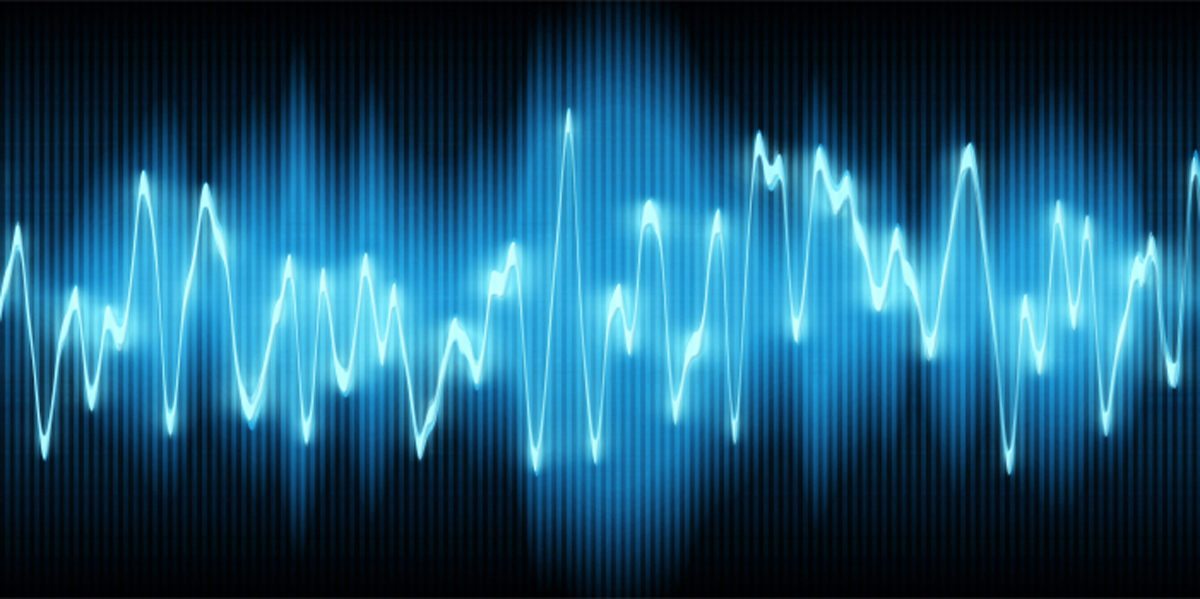
Do quiet motors sound like a luxury to you? It all depends upon your needs, your environment, and your personal preferences.
It’s a little tough at first to get your head around just what “quiet” really means… we all have sort of a sliding scale. It turns out, though, that there are actually levels of safe noise exposure suggested by governmental agencies like NIOSH (National Institute for Occupational Safety and Health). You don’t want to know how they figure it out… it’s all about intensity/loudness of sounds and how long they last… complicated, I know. How can you talk about loudness and how Insolroll Quiet Motors are different from standard motors in a way anyone can easily understand?

Measuring sounds in decibels…
Standard Insolroll motors operate at 52 db (decibels), and Insolroll Quiet Motors operate at 44 db. What the heck does that mean? Well, the official definition of a decibel is:
It’s easy to find multiple sources out there that show the measurement in decibels of the sound produced by different ordinary things. So how about this?
52 decibels, or the sound level produced by standard motors is about the same as the mid range of normal conversation (which averages 60 db).
That’s right, just talking. Not overly loud, right? You might not want to hold a normal conversation in a baby’s room while it is sleeping, though. But would raindrops be okay? Because raindrops, at 40 db on average, are close to the same as Insolroll Quiet Motors at 44 db. The quietest refrigerator is around 46 db… you know, that faint background hum…

Getting the idea? Associating noise levels of Quiet and Standard Motors will help you understand easily where you want one or the other. And it might not just be a nursery where you want quiet shade motors. It might be a research library, or a personal study. Or anyplace you wouldn’t want the distraction of normal conversation to break through.
I understand that a baby crying measures around 80 db, though, so maybe that nursery thing is a good idea. Just saying.
